Trial by Media

George Clooney is behind the camera as executive producer of the new Netflix documentary Trial by Media, but it’s what goes on in front of the camera – the media’s ability to determine and shape a narrative – that’s explored here. This six-part series focuses on the most documented and exposed trials in recent history.
Television coverage of such cases has, of course, emphasised storytelling and sensationalism, rendering them a form of macabre entertainment. The OJ Simpson case, which is not covered here, is a prime example of how court hearings have become dramas in their own right. Trial by Media examines how the press have influenced public perception about guilt and innocence before, during, or after a trial. It makes for thought-provoking and compelling viewing.
The opening episode centres on The Jenny Jones Show, which had successful ratings in the US throughout the 90s. Like many programmes of its kind, Jenny Jones picked up the baton from The Jerry Springer Show, striving for shock and scandal over substance. Described by one insider as “ambush television”, the show made a point of keeping its guests in the dark as to why they were there, allowing for reactions to whatever was discovered to be real and raw. It, of course, made for the kind of high-stakes drama that can’t be scripted, but things backfired when it resulted in murder.
Jonathan Schmitz was brought on the show to be told he had a secret crush. Learning that this was his male friend, Scott Amedure, Schmitz was quick to make it clear that he was heterosexual, while radiating sheer shock and discomfort. There were no outbursts or violent altercations as often seen on such shows, so it shocked the US when just days after the taping, Schmitz shot Amedure dead for embarrassing him in such a way.
It was a story that gripped the nation, and production companies ultimately profited from the murder as the trial dominated TV screens. In the episode, it is said that the case should never have even made it to trial, which is what invited such media frenzy and turned a tragedy into a drama.
The second episode tells the story of Bernard Goetz, a white male in his 30s who was surrounded by four black youths asking him for money on the New York subway in the 1980s. Goetz responded by shooting them all then and there before going on the run. He eventually turned himself in. The media labelled him “the subway vigilante” and some painted him as a hero for “fighting back”; thousands of dollars were donated towards his defence.
When summoned to court, Goetz is said to have been escorted by more bodyguards than Prince or Michael Jackson when they were at the height of their fame. T-shirts and bumper stickers supporting Goetz and his actions were sold, and again it was a case of the media circus surrounding the trial that meant people became obsessed with the criminal and their rights while disregarding the victims.
We all rely on the press, but in recent years we have grown increasingly aware of the power it holds in shaping what we see. This series reminds us that although it’s human nature to want to be told a story, it’s also our prerogative to make our own judgements. In such a media-saturated world, though, is that even fully possible?
Jonathan Marshall
Trial by Media is released on Netflix on 11th May 2020.
Watch the trailer for Trial by Media here:

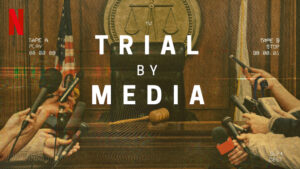
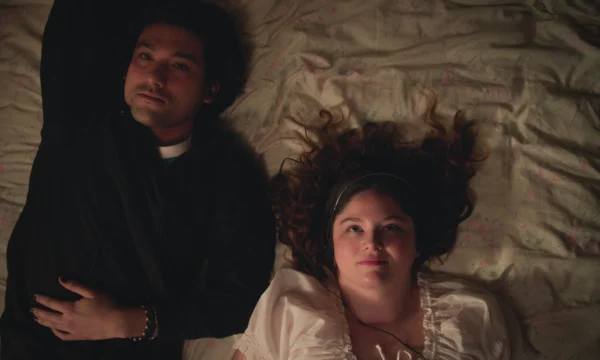
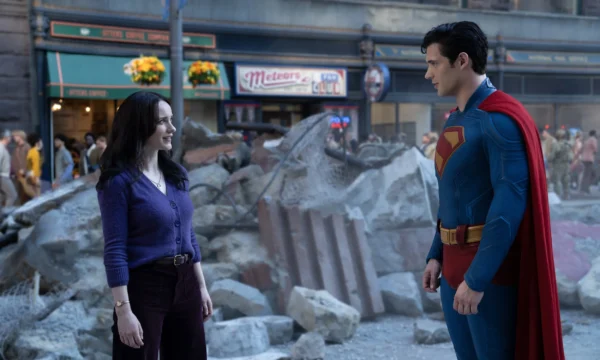
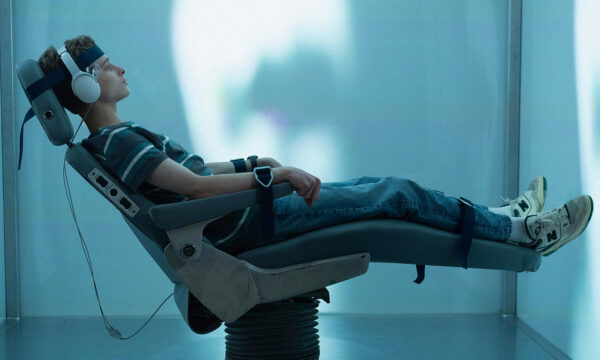
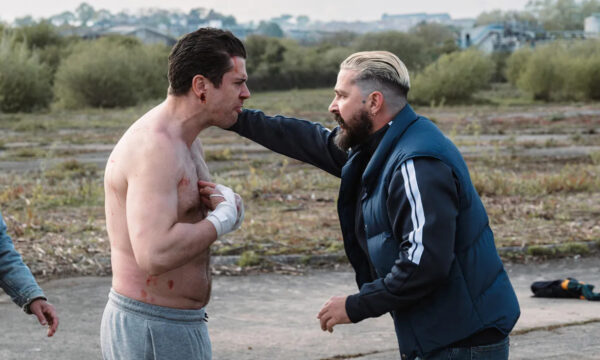



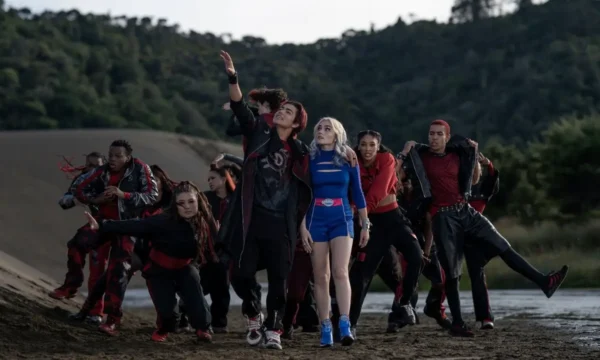
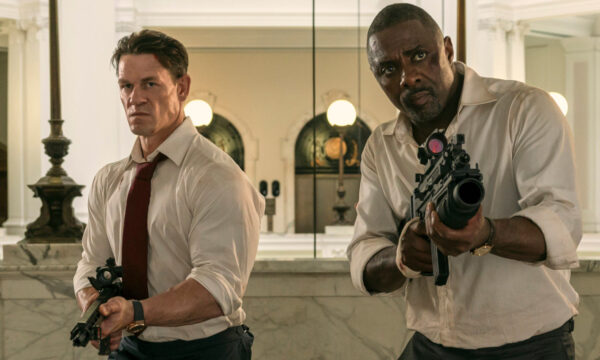

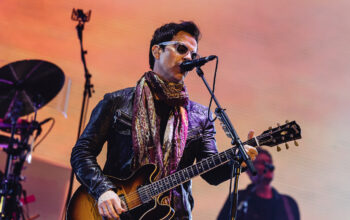











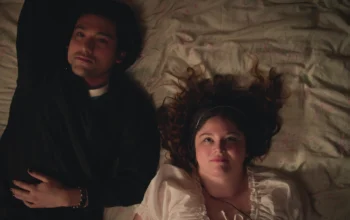

Facebook
Twitter
Instagram
YouTube
RSS